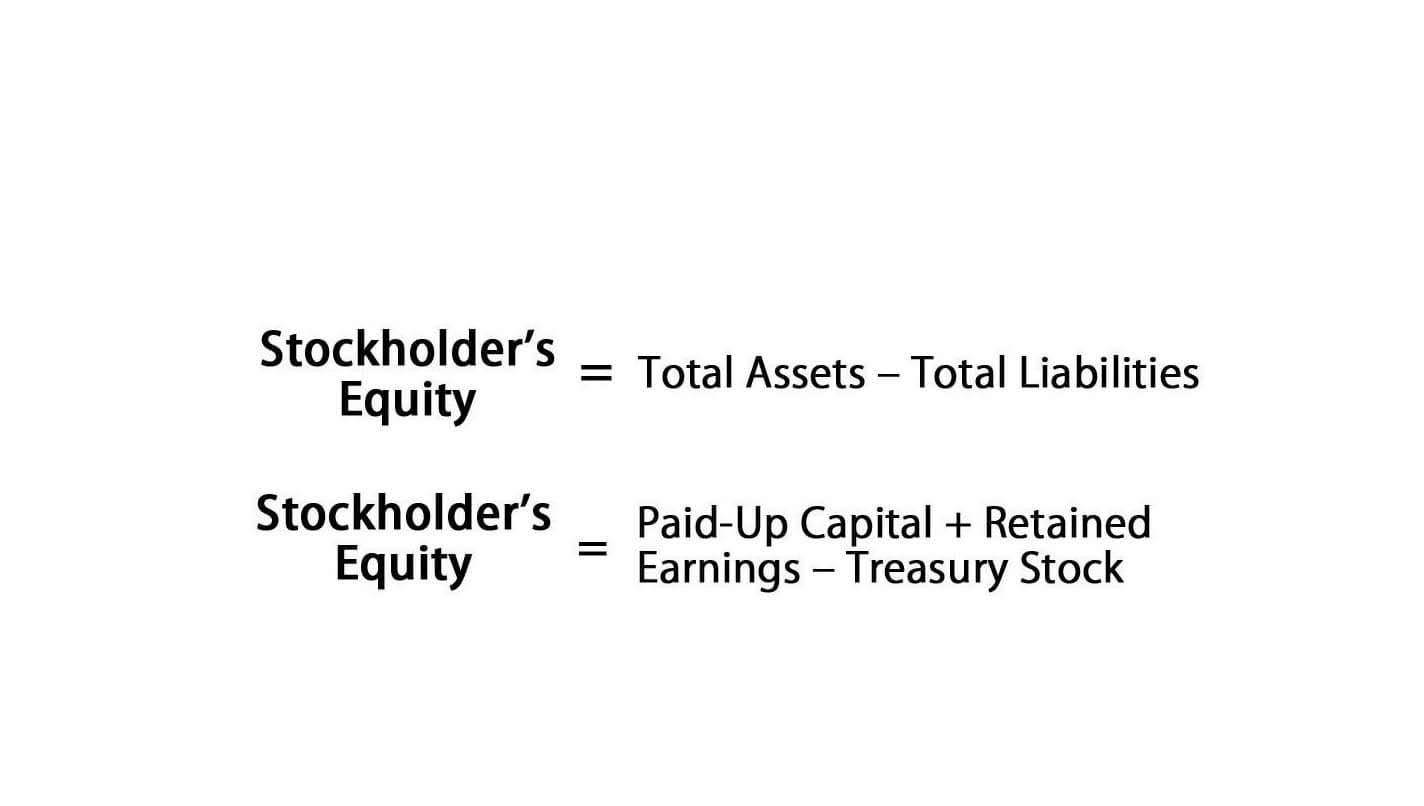
Gross Profit Margin Ratio Formula Percentage Example Calculation

Service-based industries tend to have higher gross margins and gross profit margins because they don’t have large amounts of COGS. The gross margin for manufacturing companies will be lower because they have larger COGS. Profit margin is one of the simplest and most widely used financial ratios in corporate finance.
Compare to peers and the industry or sector average
Regardless of where the company sits, it’s important for business owners to review their competition as well as their own annual profit margins to ensure they’re on solid ground. By dividing operating profit by revenue, this mid-level profitability margin reflects the percentage of each gross margin accounting dollar that remains after payment for all expenses necessary to keep the business running. Operating profit is a slightly more complex metric, which also accounts for all overhead, operating, administrative, and sales expenses necessary to run the business on a day-to-day basis.
- Then, divide this figure by the total revenue for the period and multiply by 100 to get the percentage.
- The formula to calculate the gross margin is equal to gross profit divided by net revenue.
- Reducing costs or expenses can significantly improve a company’s gross margin.
- The easiest way to calculate gross profit margin is to use accounting software.
- The gross margin and the net margin, or net profit margin, are frequently used in tandem to provide a comprehensive look at a company’s financial health.
Comparative Analysis

She has several different lines of clothing and has proven to be one of the most successful brands in her space. Since COGS were already taken into account, the remaining funds are available to be used to pay operating expenses (OpEx), interest expenses, and taxes. Taken altogether, the gross margin can provide valuable insights to investors and researchers. So, as you can see, Proctor and Gamble’s gross margin is positioned between these two peers and well above the sector average. Based on this information, it’s safe to say PG’s gross margin is relatively solid.
What can you learn from calculating gross margin ratio?
- The right expense tracker helps you catch excess expenses so you can stay on top of your operating costs.
- Consider how you can use marketing strategies to find new customers or increase the purchase volume of existing customers.
- Also, the gross profit margin can be computed as 1 − Cost of sales ratio.
- To calculate gross margin, here are the gross margin formula to follow and an example scenario that will make it easier for you to understand the concept.
Another way to increase sales is through promotional campaigns such as discounts or special offers that can incentivize buying behavior. By analyzing trends in sales volume, pricing strategies or cost-reduction initiatives can be implemented to maximize profits while maintaining high levels of customer satisfaction. Government regulations, tariffs, and trade barriers can influence the cost structure. For example, tariffs on imported goods can increase the COGS, reducing the gross profit. We’re firm believers in the Golden Rule, which is why editorial opinions are ours alone and have not been previously reviewed, approved, or endorsed by included advertisers. The Ascent, a Motley Fool service, does not cover all offers on the market.

For instance, imagine a small retail store that purchases inventory from multiple suppliers. By negotiating better deals with suppliers, it can reduce its COGS, increasing gross margin without affecting product quality. For example, if you own a clothing store, offering a discount on winter coats at the start of fall can drive seasonal sales and boost gross profit and overall revenue. Gross margin is commonly presented as a percentage, allowing for easy comparison of a company’s performance against its industry peers or historical data. COGS is the cost of goods sold and is subtracted from revenue to get the gross margin, which is then divided by the revenue to get the ratio amount. Gross margin alone specifies how much profit a firm makes after deducting the costs from the revenue generated.
Connect to hundreds of services and APIs directly and build highly customizable dashboards and reports for your team and clients. One of the most important small business accounting tasks any small business owner should be doing is using various calculations that provide insight into how your business is performing financially. A low ratio indicates that the seller makes little profit while incurring high costs. It is an excellent long-term choice to redesign items such that they employ less costly parts or are less expensive to manufacture.
Comparison With Industry Averages
This includes not only COGS and operational expenses, as referenced above, but also payments on debts, taxes, one-time expenses or payments, and any income from investments or secondary operations. The gross margin ratio measures the amount of funds retained after products and services have been sold. The gross margin ratio is important because it focuses strictly on product/service profitability, essentially letting you know if you’re making enough money from selling your products and services. A high gross margin percentage reflects positively on businesses as it implies the company effectively manages its production costs and generates a significant profit from its core operations.
Increase Efficiency

Healthy revenue streams are indicative of robust sales, effective marketing, and a product or service that resonates with the target audience. Furthermore, stakeholders, from investors to creditors, closely scrutinize gross margin. Its trends can influence investment decisions, credit terms, and even the company’s valuation. For example, if the gross margin is decreasing, it could mean the cost of production has grown, or the company has offered more discounts recently. Gross margin provides a helpful way for businesses to track production efficiency over time.
